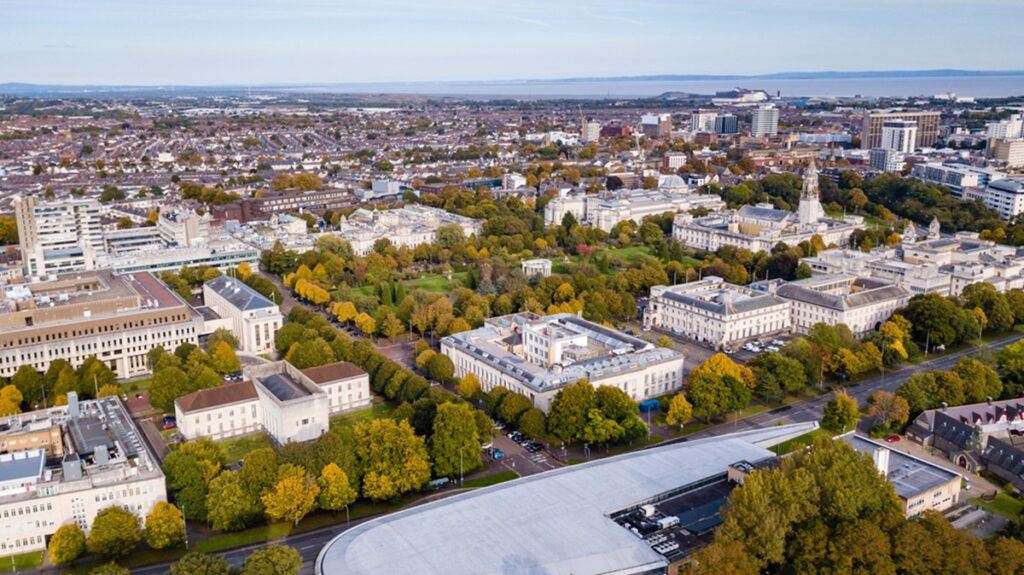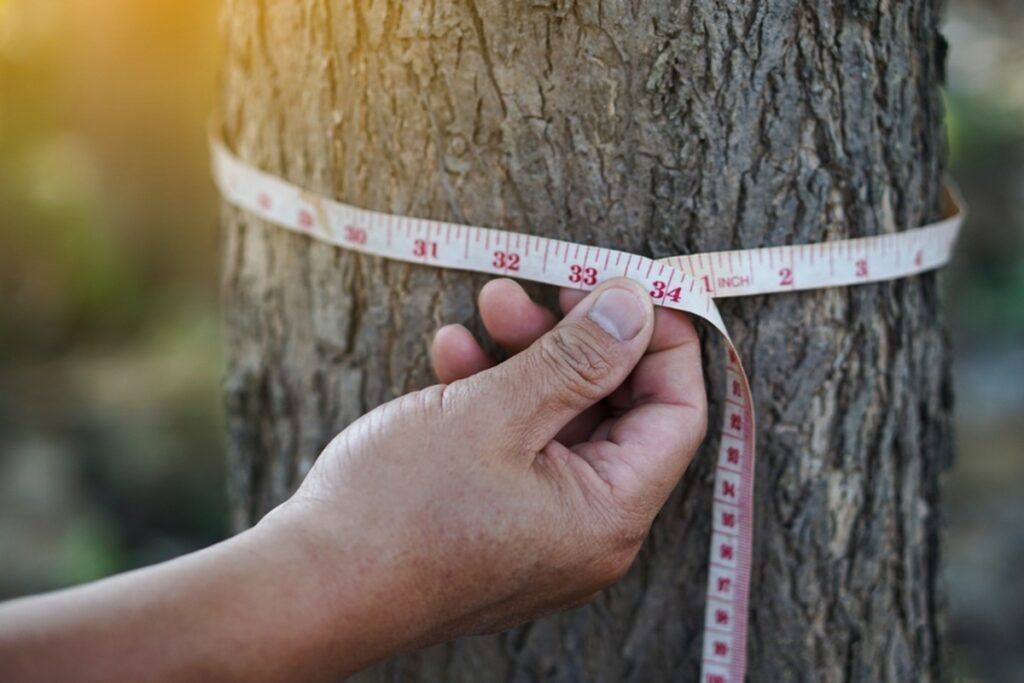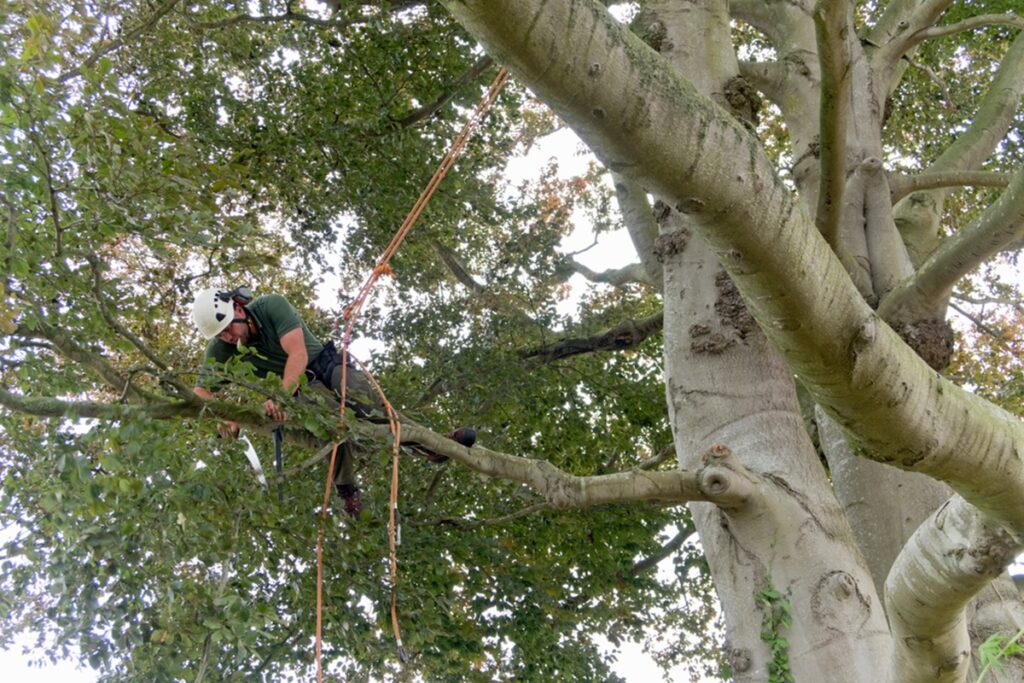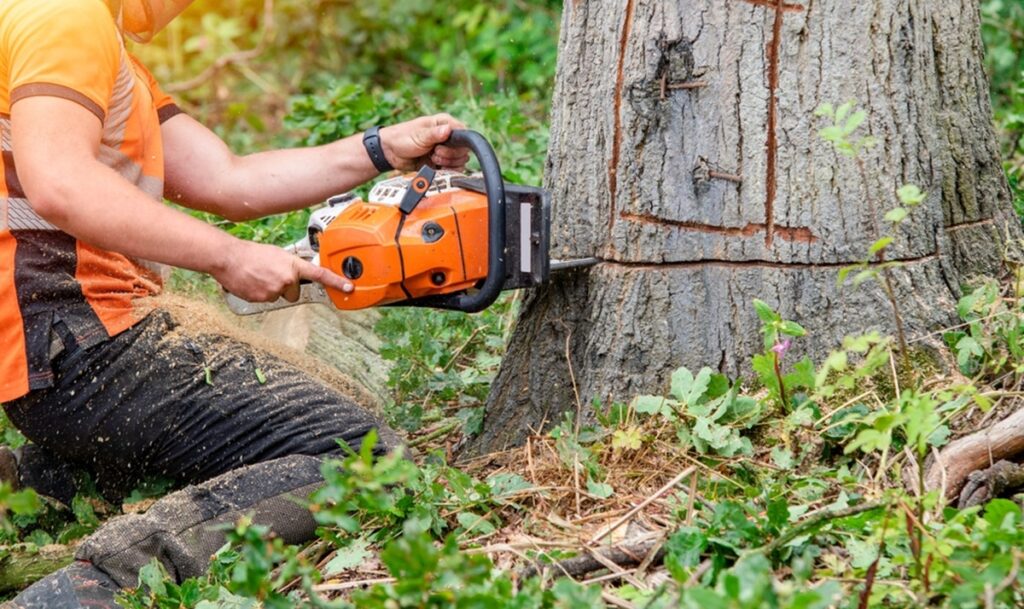Trees and woodlands in Cardiff
Cardiff has achieved a rare balance between rapid urban development and a commitment to green infrastructure. Home to around 370,000 residents, Cardiff spans an area that includes urban districts, coastal zones, historic parks and suburban neighbourhoods. Despite its position as a growing capital city in south Wales, Cardiff is recognised for its dedication to green spaces, with tree-lined streets, woodlands and extensive parkland contributing to its character and biodiversity.
For anyone involved in land development, construction, or property management, securing appropriate tree surveys in Cardiff is a vital step in ensuring legal compliance and sustainable outcomes.

Cardiff’s impressive variety of green assets
Green spaces include Bute Park in the heart of the city, Roath Park, and the forested areas of Fforest Fawr and Coed y Wenallt. These spaces not only serve recreational and aesthetic purposes but also support local wildlife and act as essential carbon sinks in the face of climate change. The trees of Cardiff are monitored and managed with increasing care by Cardiff Council, which aims to enhance the city’s resilience and maintain tree cover in line with its climate and ecological emergency declarations. Protection of trees is implemented through Tree Preservation Orders and the regulation of conservation areas, meaning that any proposed development work must take tree protection into account from the outset.

Tree protection in Cardiff
Cardiff’s planning system is structured to prevent the removal or harm of trees without appropriate assessment. The council maintains a strong stance on the protection of urban and suburban trees, with developers required to submit supporting arboricultural documentation when applying for planning permission on sites that contain or lie close to trees.
A tree survey in Cardiff is essential in these situations, particularly if Tree Protection Orders are in place or the property falls within one of the city’s many designated conservation areas, such as Llandaff, Cathedral Road or Mount Stuart Square.

Tree Survey Reports to assist planning applications
Before local authorities will validate a planning application, the developer will be expected to provide a BS5837 tree survey and report. This standardised survey method, as outlined by British Standards guidance, ensures that all trees potentially affected by the development are carefully evaluated. A fully qualified arboriculturist will visit the site to assess the trees in terms of species, height, diameter, crown spread, overall health, and structural condition. Decay detection techniques will be used and trees will be categorised according to their quality and value. This information is used to shape the design of the development to preserve important specimens wherever possible. Tree surgeons may need to be engaged to remove dangerous trees or perform specific tree surgery work.

Tree retention
Tree retention is a priority under the BS5837 tree survey system, but where development requires trees to be removed or relocated, the tree consultant will offer pragmatic advice and suggest mitigation measures. These may include replanting schemes, root protection zones, or altering the site layout to avoid conflict with valuable trees. Tree removal or work by tree surgeons will only be considered for trees deemed low value, diseased, or unsafe, and even then, this must be clearly justified in the professional tree report. Tree surgery work or hedge cutting may form part of the report’s recommendations.

The final tree report
Once the tree survey is complete, all findings are compiled into a comprehensive professional tree report. This document typically includes a Tree Constraints Plan, showing how the root zones and canopy spreads relate to proposed site features, and may also contain further documentation such as an Arboricultural Impact Assessment, Arboricultural Method Statement, and a Tree Protection Plan. When carried out by a professional arboricultural consultancy, these documents demonstrate to Cardiff Council how tree protection measures will be implemented before, during, and after construction.

Other reasons for tree surveys
Cardiff tree surveys are not only relevant for planning purposes. Many property owners, estate managers and public organisations also commission tree surveys involving risk assessments for health and safety reasons, to reduce liability and ensure that trees do not pose a risk to people, buildings or infrastructure. With climate change increasing the risk of high winds, rain and disease, regular inspection of mature or high-risk trees is considered good practice, especially in schools, parks, hospitals, and housing developments. Tree risk assessments may recommend that tree surgeons remove tree branches or dangerous trees, or even that hedge cutting work should be carried out.

Arboricultural consultancy services
Whether you’re applying for planning permission, managing a construction project, or simply want to understand the condition of trees on your land, we have the arboricultural services to assist. We offer expert tree surveys in Cardiff, delivered by experienced and fully qualified professionals with a strong understanding of local planning policies and Welsh environmental regulations. Our team works across the capital and surrounding South Wales areas to provide BS5837 tree surveys, risk assessments, and tree reports that meet the requirements of local authorities and support sustainable development.

Contact us for a free quote for Cardiff tree surveys
If you are preparing a development application or need professional guidance about protected trees, we have a wide range of tree knowledge. Our efficient service ensures fast, reliable quotations and we can arrange a site visit at a time that suits your schedule. To get started, call the number on this page or complete the form on our contact page for a free quote.
With the right tree survey support, your project can proceed in harmony with Cardiff’s trees and green infrastructure, ensuring compliance with planning laws while protecting one of the city’s most valuable natural assets.